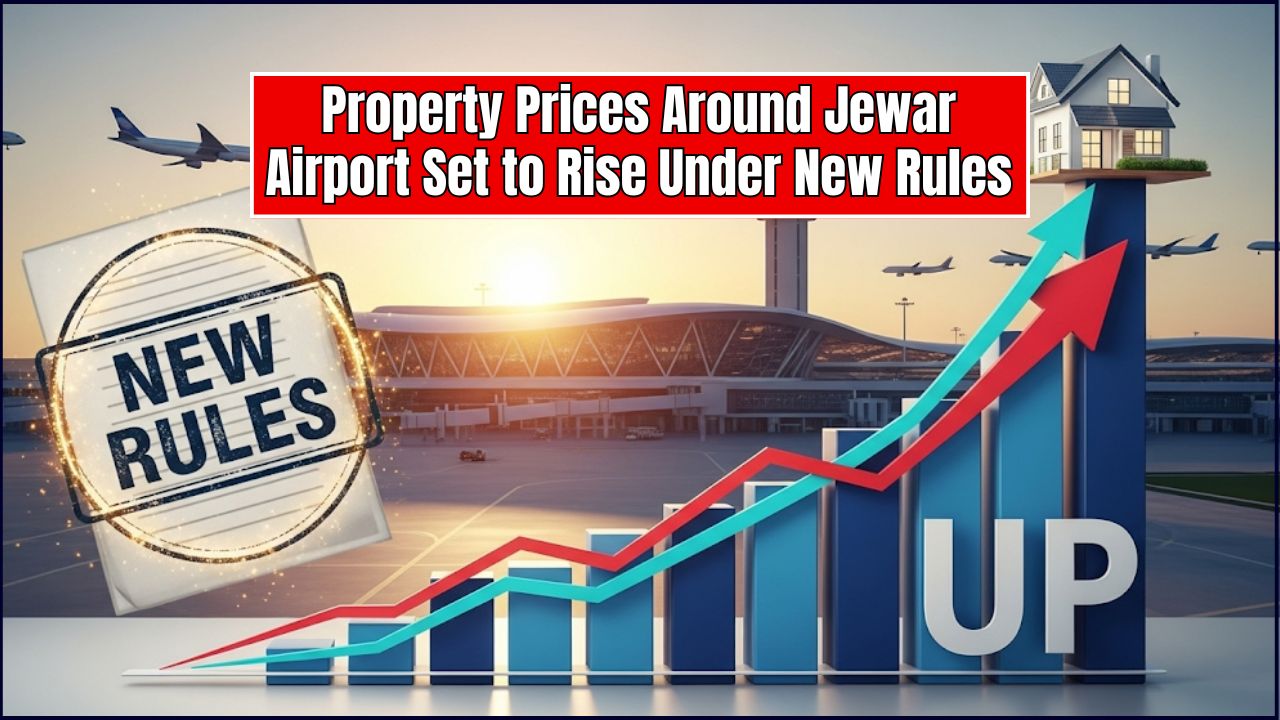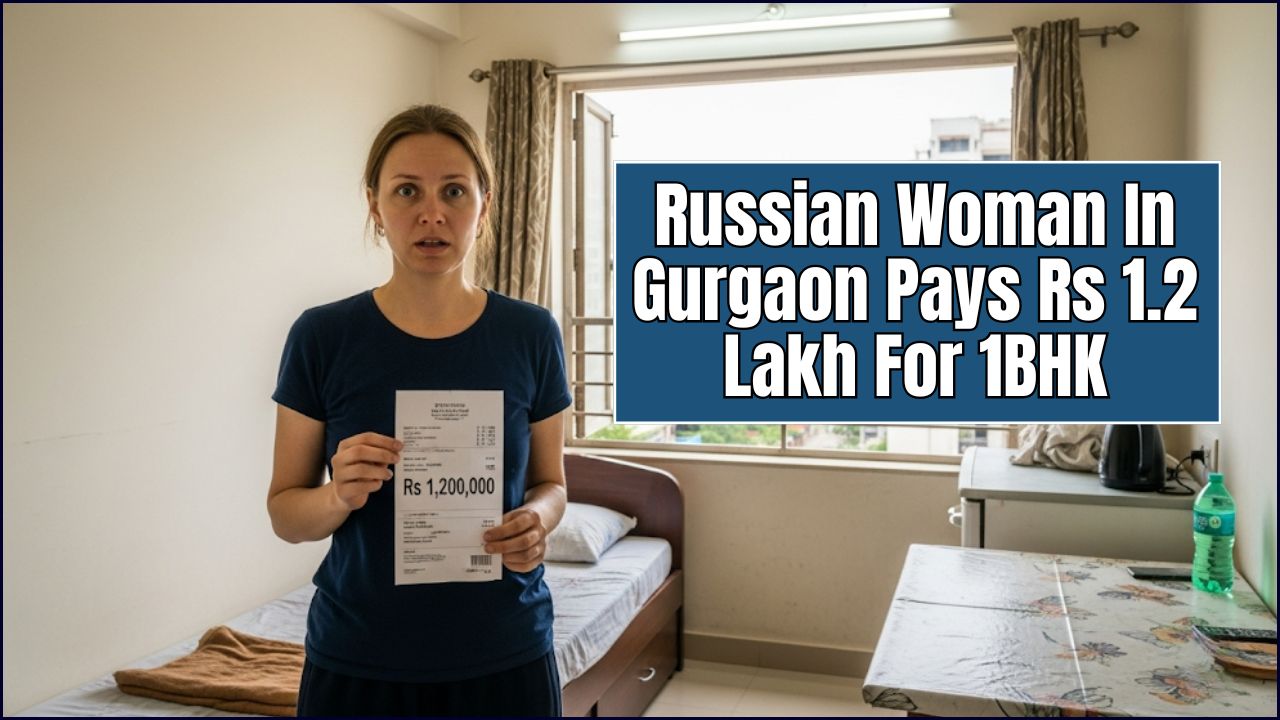
Property prices around Jewar Airport are projected to rise sharply after the Yamuna Expressway Industrial Development Authority (YEIDA) introduced new building regulations within a 20-kilometre radius of the upcoming facility. The rules, aligned with aviation safety requirements, restrict building heights and are expected to influence land demand in the region.
New Building Restrictions and Regulatory Framework
YEIDA announced that all buildings taller than 15 metres will now require a No Objection Certificate (NOC) from the Airports Authority of India (AAI). The NOC will be issued through the AAI’s online NOCAS portal.
Officials said the changes reflect the Colour-Coded Zoning Map (CCZM) designed to maintain flight safety around the airport. A consultant will soon be appointed to assess zones impacted by the restrictions and recommend adjustments to the Floor Area Ratio (FAR), ground coverage, and building heights.
“Compliance is essential for aviation safety. Any construction beyond permitted limits without approvals will invite strict penalties, including demolition,” a senior YEIDA official told The Times of India.
Market Impact: Why Property Prices Could Rise
Height Limits Boosting Demand for Plots
Industry analysts believe that low-rise residential plots are likely to gain in value as high-rise projects face restrictions. Land already compliant with the new bylaws is expected to see accelerated demand.
According to Housing in India, property values in the Jewar region have already increased by 15 to 25 per cent since the airport project was announced in 2019. A report by Square Yards observed that land near airports in Indian metros appreciated by as much as 118 per cent over four years, outpacing apartments.
Circle Rate Hike Adding Upward Pressure
In addition to zoning changes, circle rates in Jewar are set to rise by 70 per cent, the first revision in nine years. Higher circle rates not only affect registration costs but also push up baseline property valuations, according to The Times of India.
Infrastructure and Legal Safeguards
Crackdown on Illegal Construction
Authorities have introduced a 10 km ban on unauthorised buildings around the airport. YEIDA has also deployed retired police and army officers to patrol reclaimed lands, reducing risks of illegal encroachment.
“Ensuring transparent land use is critical to investor confidence. These steps strengthen regulatory oversight,” said Ramesh Ahuja, a real estate analyst at Knight Frank India.
Connectivity Projects Driving Growth
The proposed Regional Rapid Transit System (RRTS) between Ghaziabad, Noida, and Jewar Airport is scheduled to begin phased operations in 2027. Improved transport links are expected to enhance accessibility, further fuelling property demand.
Balanced Outlook
While the new regulations may raise costs and limit options for high-rise developers, analysts see long-term benefits for transparency and sustainable growth. By aligning with aviation safety norms and infrastructure expansion, the measures are expected to stabilise the market and attract institutional investment.
“Investors who secure compliant plots now stand to benefit from both safety-driven rules and the airport’s economic impact,” said Dr. Neha Verma, an urban planning expert at Jawaharlal Nehru University.
Why Are Millionaires Leaving India? Here’s Where the Rich Are Moving
Conclusion
The real estate landscape around Jewar Airport is entering a new phase shaped by regulatory oversight and infrastructure growth. With stricter rules, higher circle rates, and upcoming connectivity projects, property prices are expected to climb, rewarding early, compliant investors while reshaping the future of development in the region.
















